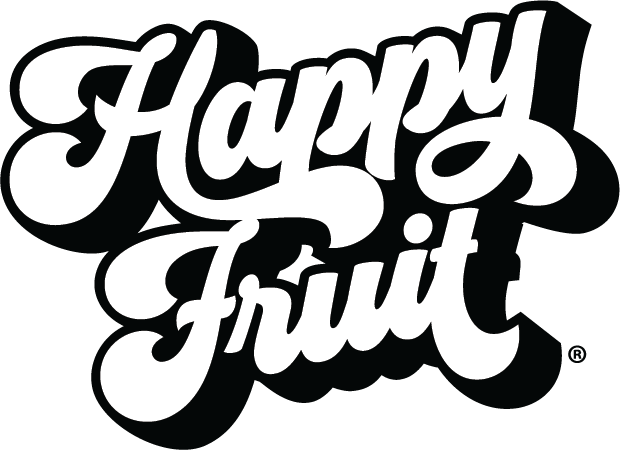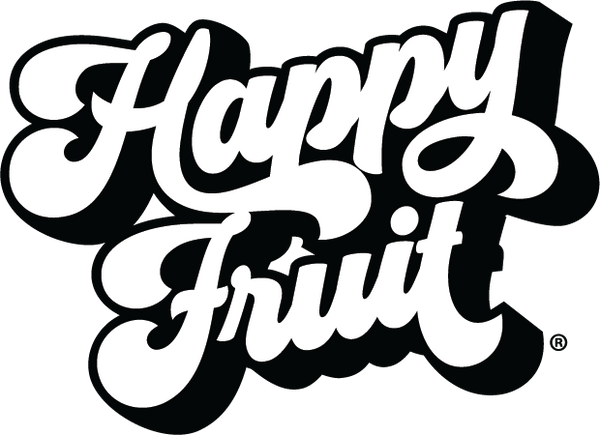As more and more people become users of marijuana, there has been an increasing trend among people to seek understanding of its types, one of the types being THC. In recent years, attention has only been given to Delta-9 as other types have been absent; that is now history as Delta -8 and Delta -10 make their debut in the game. However, the more appropriate question to ask is; Is Delta-9 truly different from Delta-10? How do they interact with the body and mind?
Delta-9 vs Delta-10
Delta 9-THC, or dronabinol, is the most abundant form of THC in cannabis. This THC exhibits psychotropic effects, and thanks to that, many people love consuming it either for fun and for medical help. This chemical compound binds to the brain’s CB1 receptors with the least difficulty, leading to its therapeutic effects.
Like Delta 9, Delta 10 is an isomer; however, they are not made in the same way and they are not arranged in the same way. Such differences may seem trivial, yet they alter the effects and the anticipated advantages that can be achieved from the two cannabinoids. Delta 9 is the most common form of THC in marijuana while delta 8 and delta 10 are however present only in trace amounts. The lack of research into Delta 10 remains a barrier to understanding this thc's potential benefits as well as possible negative effects.
What Are the Psychoactive Effects of THC?
Are the psychoactive effects of delta 9 similar to those experienced by delta 10?
Delta 9 THC Effects
Head and body high – these are the most common descriptions for the psychoactive effects of this hemp-derived THC. Euphoria, increased appetite, relaxation, and even sleepiness are reported by numerous users of Delta 9.
Delta-10 THC Effects
On the flip side, delta 10 is less potent than delta-9, which means users usually experience a greater head high as opposed to a full-bodied stone experience. Some have described delta-10 as having a more nurturing tone and less overwhelming. Some noted effects include:
- Mild euphoria
- Calming sensations
- More physical relaxation
Production and Extraction
How are these two cannabinoids produced?
Delta 9 THC Production
Hemp and cannabis plants form the most important part of the sourcing of delta 9 THC. The main steps in its production include:
- Cultivation: Growing hemp plant and cannabis plants high in THC, including those that produce Delta 8 THC.
- Harvesting: Collecting the mature plants.
- Extraction: The process of obtaining cannabinoids from the cannabis plant including delta-8 THC, wherein the active cannabinoids are separated from the grass through processes such as CO2 extraction.
Delta 10 THC Production
The Delta-10 Tetrahydrocannabinol also known as Delta-10 THC can be created by isomerization, and changing CBD into Delta-10. This is a simple outline of the process:
- Source CBD: Start with an excellent CBD oil with traces of Delta 8 THC to attain more benefits.
- Isomerization: Use specific chemicals to convert CBD into Delta 10.
- Purification: A purification stage is required in order to separate the target compound from other crude substances that are unwanted.
Is Cannabis Legal?
What is the legal position with regards to cannabis products?
Delta-9 THC Legal Landscape
The local laws on Delta-9 THC products vary greatly. There are areas where both medical and recreational use is federally legal. The other extreme has some jurisdictions where it is banned altogether.
Delta-10 THC Legal Landscape
Delta-10 products are classified as federally legal under the 2018 Farm bill as long as they are derived from hemp containing less than 0.3 % Delta-9 THC.
This is because the Farm Bill of 2018 made it possible to produce, sell, and purchase hemp. The bill defined hemp as cannabis containing a proportion of delta 9 THC over 0.3% weight.
In summary, there are gaps in the law on the status of THC, and it is not the same from state to state. Always check with your state laws concerning anything regarding the use and purchase of marijuana-containing products.
Medical and Therapeutic Applications
Medical Benefits of Delta 9 THC
Many people know Delta 9 because of its various medical benefits. Delta-9 in the form of dronabinol (Marinol) was approved by the U.S. Food & Drug Administration (FDA) for patients undergoing chemotherapy, living with HIV/Aids, or diagnosed with anorexia in order to increase their appetite. Research also shows that this THC assists in dealing with chronic pain in adults, anxiety disorders, sleeping troubles, and motion sickness.
Potential Benefits of Delta-10 THC
Research regarding Delta-10 THC is quite new, having only recently drawn interest due to its unique properties. Even with the limited research, some potential benefits you may experience from using delta 10 include:
- Mild psychoactive effects
- Enhanced energy and focus
- Less anxiety compared to Delta 9 THC
Methods of Consumption
How are these cannabinoids usually consumed?
Vaping and Smoking
The most popular ways of taking cannabis products are through vaping and smoking a joint. Many cannabis users prefer these methods because these two marijuana consumption methods do not take time before you feel some effects. Key takeaways include:
- Vaping entails inhaling cannabis that has been warmed and not combusted. Thus, it could be gentler on the lungs.
- Smoking involves burning the plant material. As a result, you get to enjoy a more intense flavor.
- Both methods allow users to feel the effects almost immediately.
Edibles and Tinctures
You should go for edibles and tinctures if you want a comparatively longer effect. But what do you need to know?
- Edibles are food products laced with cannabis, like gummies and brownies.
- Tinctures are cannabis concentrated liquid extracts that work comfortably fast when put under the tongue.
- Effects from edibles may take longer time to kick in and can even take about two hours.
Topicals
Topicals are the cannabis or cannabinoid-infused products applied directly on the skin and its surface. These are beneficial for localized pain management and don't give the 'stoned feeling.' Such alternatives include:
- Creams and balms can help with pain relief.
- Transdermal patches provide a steady dose over time.
- Bath products can offer a relaxing experience.
Market Availability and Product Variety
What is the market position of these cannabinoids?
Delta 9 THC's Market Position
Delta 9 THC is abundant and comes in different forms, which are all preferred for strong experiences. These include:
- Flower: The raw plant material
- Concentrates: More potent forms like oils and waxes.
- Delta-9 infused gummies and chocolates.
Delta 9 THC products are legal in some states and can be found in legal marijuana dispensaries. This helps ensure that end users purchase safe products.
Delta-10 THC's Emerging Popularity
Although Delta-10 is a relatively new product, its distinct effects are making it quite popular among its users. Delta-10 products include:
- Vapes
- THC-infused chocolate and gummies
- Tinctures and oils
Excessive use of THC may lead to an uncontrolled state of mind. THC can also lead to a dry mouth, great fatigue, slow reaction, and slower agility. Make sure you are consuming them in a reasonable manner.
Delta-9 and Delta-10
Delta-9 THC and Delta-10 are derived from cannabis but have different products. Users become euphoric, anxious-free, and happy after usage of Delta-9; on the other hand, Delta-10 is less psychoactive, but it can improve the mood, increase productivity levels, and is believed to be creative. Such differences should be very helpful when it comes to selecting the most suitable THC.


